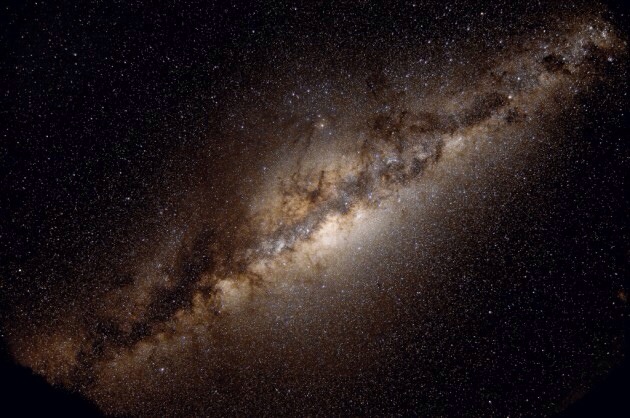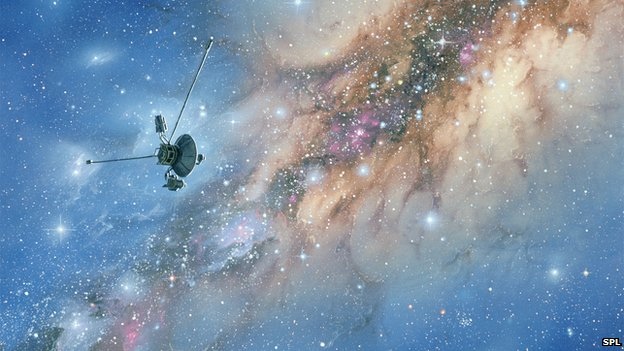
New data from NASA’s Kepler Space Telescope, which exists solely to hunt planets, suggests there are about 20 billion Earths in our galaxy alone. That’s how many planets scientists estimate are about the same size as our own, and also reside in that ideal Goldilocks Zone around their host star where temperatures are potentially hospitable for living organisms. That means there could be an Earth-like planet, according to the new data, just 12 light-years away—its parent star may even be visible to the naked eye.
While the findings don’t officially acknowledge that there’s extraterrestrial life out there, researchers now have a clearer idea of where to look. Whereas researchers previously believed only .0001 percent of life-friendly planets existed in the Milky Way, that figure is now above the 20 percent mark. And since the nearest one could be as close as 12 light-years away, astronomers will have an easier time remotely analyzing exactly what these planets are made of. And, perhaps, if they are indeed hospitable for life.
Basically, researchers looked at a subset list put together by Kepler, about 40,000 stars, and extrapolated that data in order to find planets circling their stars at a distance at which water can exist. Scientists are able to determine whether a planet is potentially habitable by looking for the almost imperceptible dimming caused when a planet moves in front of its parent star, Time explained. Kepler keeps track of about 150,000 stars, most of them M-dwarfs, though it’s believed that the Milky Way is home to about 300 billion or so. With this in mind, it’s how researchers were able to arrive at its 20 billion estimation. Somewhere among them I’d like to believe there’s one identical to Earth.
“These planets are only Earth-like in terms of their size and the amount of energy they receive from their stars,” said Erik Petigura, lead author of the new findings. “We don’t know if they have rocky compositions, oceans of water, plate tectonics or life.”
Unfortunately, in order to thoroughly study and determine if one of those 20 billion Earth-like planets is suitable for life, it’ll take years of careful analysis. Still, it raises the question of whether we’re alone out here or not, and reveals an entire galaxy’s worth of possibilities.
Originally posted 2013-11-24 22:54:25. Republished by Blog Post Promoter

![20131124-235327[1]](https://coolinterestingnews.com/wp-content/uploads/2013/11/20131124-2353271.jpg)










